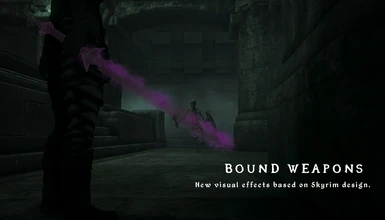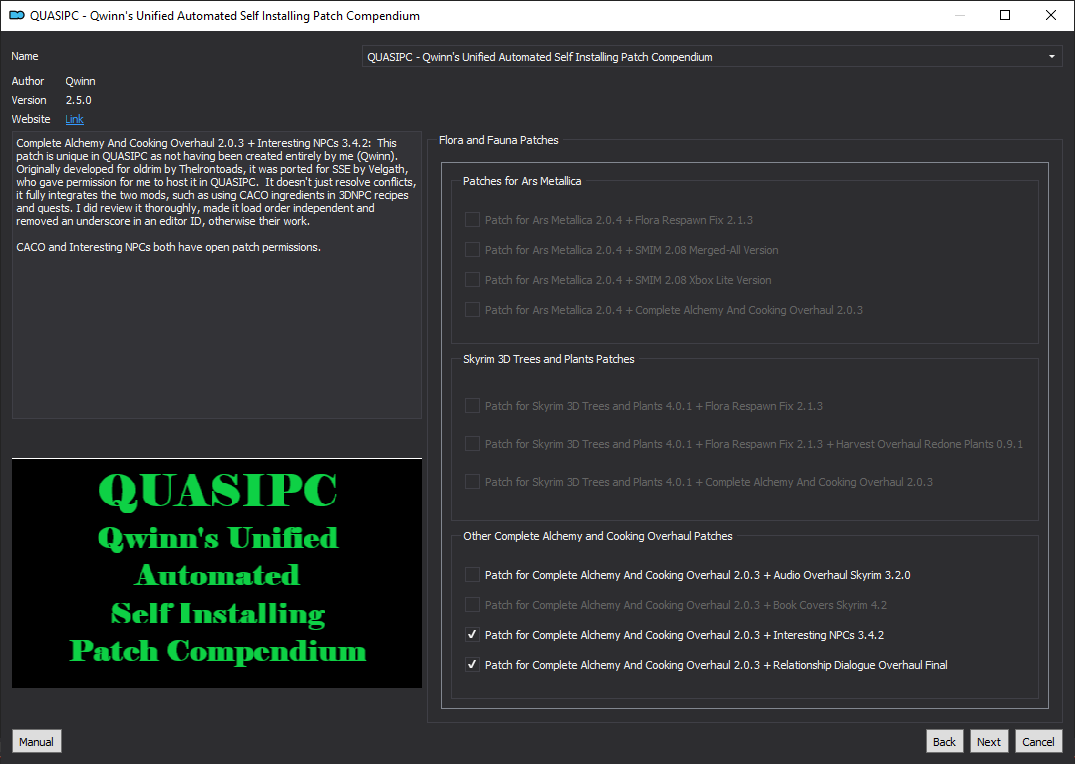

Multiple rows with the same ID designate a single feature that isĬomposed of multiple parts, most common for CDSes and multi-exon alignmentsīut possible for other feature types as well. Identifiers, and they are likely to change between annotation versions. They are not intended to be used as stable feature

Most IDs are generated on-the-flyĭuring file generation. See Additional Details below for more information.Ī semicolon delimited list of official and additional attributes describingĪttributes in column 9 conform to the GFF3 specification, which uses a startingĬapital letter for official attributes and starting lower-case letter for otherĪ unique identifier for the feature. Pseudogenes and in genomes with indels, assembly gaps, and other errors. It may not beĪccurate if the CDS contains internal frameshifts, which can occur in The start of the CDS and computed for subsequent CDS rows. The phase is computed based on the known phase at The phase of the CDS feature, which is related to /codon_start in theįlatfile specification. The definition of this score may vary depending on the type of See Additional Details below for moreĬurrently only provided for alignments, if they contain a score named Note twoĮxon or CDS rows of the same feature may overlap or be separated by anĪrtificial “micro-intron” in order to represent cases of ribosomal slippage Start and end coordinates of the feature in 1-based coordinates. The original GenBank feature type is also provided by the “gbkey”

The SOFA feature type most equivalent to the feature found in the sourceĪnnotation. Source database for the record (RefSeq, GenBank, EMBL, DDBJ). If the annotation method is not available, the source column is based on the Protein Homology: feature predicted by protein alignment GeneMarkS+: feature predicted by GeneMarkS+

The reported methods for RefSeq prokaryotic annotations include: TRNAscan-SE: feature predicted by tRNAscan-SE Gnomon: feature predicted by Gnomon, using transcript and protein evidence and/or ab initioīestRefSeq,Gnomon: gene with children features predicted by BestRefSeq and GnomonĬurated Genomic,Gnomon: gene with children features predicted Curated Genomic or Gnomon The reported methods for RefSeq eukaryotic annotations include:īestRefSeq: feature projected from the alignment of a “known” RefSeq transcript to the genomeĬurated Genomic: feature projected from the alignment of a curated RefSeq genomic sequence to the genome “Derived by automated computational analysis using gene prediction method: ModelEvidence object in ASN.1 format, and appears in the flatfile format as Generate the annotation is provided in column 2. Such as ‘chr1’ to avoid errors due to mis-associating features with theįor annotations produced by one of NCBI’s pipelines, the method used to We strongly recommend using accession.version instead of ambiguous seqids Unambiguous identifier for the annotated sequence, and does not requireĪdditional knowledge of the species, assembly and version, and data source. NCBI files universally use accession.version because it provides an Source and name to use for the annotation, if available Column SpecificationsĪccession.version of the annotated genomic sequence. The assembly accession.version in addition to or instead of the assemblyĭate the annotation was produced, if available This isĪ stable, unique identifier for the set of sequence records included in anĪssembly as found in INSDC or RefSeq, and it is highly recommended to use NCBI application used to generate the filesĪssembly name, if the set of seqids included in the file correspond to aĪssembly accession.version as defined in NCBI’s Assembly resource. Specific version of the GFF3 specification that the files conform to Have been proposed or are provided as additional information to aid in The following directives are not part of the official GFF3 specifications and The following directives or pragmas are provided according to the GFF3 NCBI’s GFF3 files differ from the official GFF3 specifications for certain attributes and formatting details. GFF3 files are formatted according to the specifications Genome annotation files are provided in GFF3 format for all annotated assemblies included in NCBI’s Genomes FTP resource.


 0 kommentar(er)
0 kommentar(er)
